Smartphones, smart homes, and even smart wearables are getting more advanced, but they still have power limitations. Battery technology has remained stagnant for decades. But a revolution is about to break out.
The world’s major technology companies and car companies know about the limitations of lithium-ion batteries. While chips and operating systems are becoming more efficient at saving electricity, we can still only use devices for a maximum of 1 to 2 days before being forced to plug in the charger. However, as universities prepare to step in, it seems things are about to change.
Of course, it will be a while before we get our hands on batteries that can last up to a week, but you’ll be happy to know that development is going quite well. Below are the most attractive and potential battery innovations that will soon appear on the market, from rechargeable batteries through space to super-fast charging batteries that only take 30 seconds!
>> A Guide To The 6 Main Types Of Lithium Batteries
Gold nanowire battery technology
The geniuses at the University of Irvine California have created nanowire batteries that can withstand many charges, and if they are really successful, we will soon have a new type of battery that never wears out.
Nanowires are only 1/1000th as thin as a human hair, and are a material with great potential in future battery production. But they always break when charging. The University of Irvine used gold nanowires in a gel-like electrolyte solution to prevent this from happening. This innovation is clearly effective, as the gold nanowire batteries can withstand more than 200,000 charges in just 3 months and show no signs of wear at all.
Solid-state lithium-ion battery
Solid-state batteries are often highly stable, but at the expense of electrolyte transfer. A study by Toyota scientists showed that they tested a solid-state battery using sulfide superconducting wires, thereby producing a battery with superior properties than usual.
This battery can operate with super high capacitor levels to completely charge or discharge the battery in just 7 minutes, making it extremely ideal for use in cars. Because it is a solid-state battery, it is much more stable and safer than current batteries. Such a solid-state battery can operate at temperatures ranging from -30 degrees Celsius to more than 100 degrees Celsius.
Electrolyte materials are still an issue on this battery, so it will be quite a while before we see it appear in cars. Anyway, this is still the right direction leading to creating safer, faster-charging batteries.
Grabat graphene battery technology
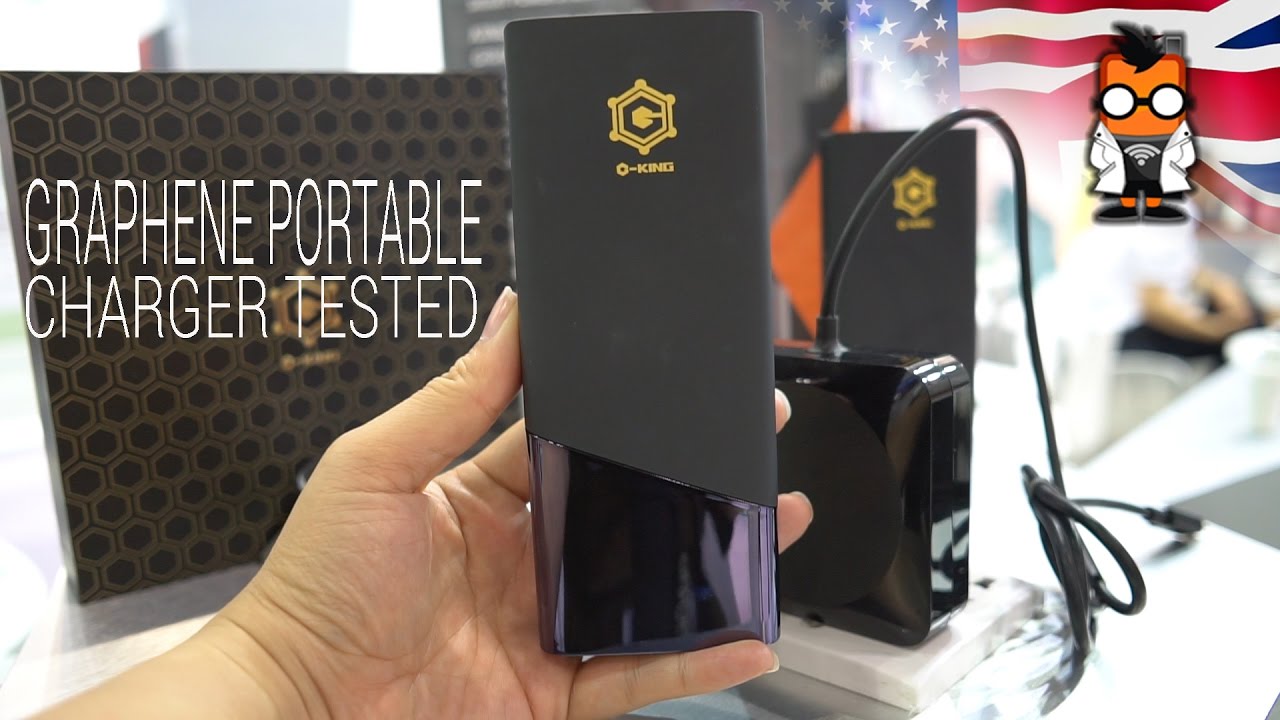
Graphene batteries have the potential to become one of the world’s most superior batteries. Grabat has developed graphene batteries that can be used in cars, allowing the car to run more than 800km per charge.
Grapheno, the company responsible for developing this battery, says it can be fully charged in just a few minutes and the charge/discharge time is 33 times faster than lithium ion batteries. Discharging a battery is important for things like cars, which require a huge amount of energy each time they are discharged to accelerate.
There’s no word yet on whether Grabat batteries will be used in any products, but the development company has released a variety of batteries for cars, drones, bicycles, and even smart homes.
Microcapacitor made of laser
Scientists at Rice University have made a breakthrough in microcapacitors. Currently they are quite expensive to produce, but if lasers were used things would be different.
By using a laser to burn electrode molds onto a plastic sheet, production costs and effort are significantly reduced. The result is a battery that can charge 50 times faster than current batteries, and discharge even more slowly than current supercapacitors. They are very durable, can work even if bent more than 10,000 times.
Foam battery technology
Prieto believes that the future of batteries is 3D printing, and they have sought to do this by introducing a battery that uses copper foam as a substrate. This means that Prieto’s batteries are not only safer because they do not contain a flammable electrolyte, but also have a longer lifespan, faster charging, 5 times higher density, and cheaper production costs. and is smaller in size.
Prieto plans to equip its battery for small items first, such as smart bracelets. But the company also said that this type of battery can be enlarged, so in the future we may see them in phones or even cars.
Foldable battery, similar to paper but more durable
The Jenax J.Flex battery was developed to equip bendable technology items. The paper-like battery is foldable and water-resistant, meaning it can be integrated into clothing or smart wearables.
This special battery has now been created and tested for safety: it can be folded more than 200,000 times without any performance problems.
uBeam wireless charging
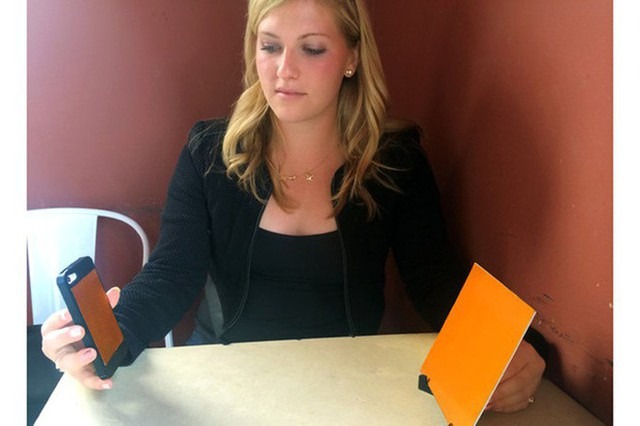
uBeam uses ultrasound to transmit electricity. The energy is converted into sound waves, inaudible to humans and animals, which are transmitted and converted back into electricity when it reaches the device.
The idea of uBeam was realized by a 25-year-old astrobiologist Meredith Perry. She founded a company to research uBeam technology, with the hope that in the future it will be possible to charge technology devices through space using a charging plate only 5mm thick. This charging plate can be mounted on the wall, or turned into art paintings, and thereby “shoot” energy to smartphones and laptops. Receiving devices only need a thin receiver to charge.
Charge your phone in 30 seconds with StoreDot
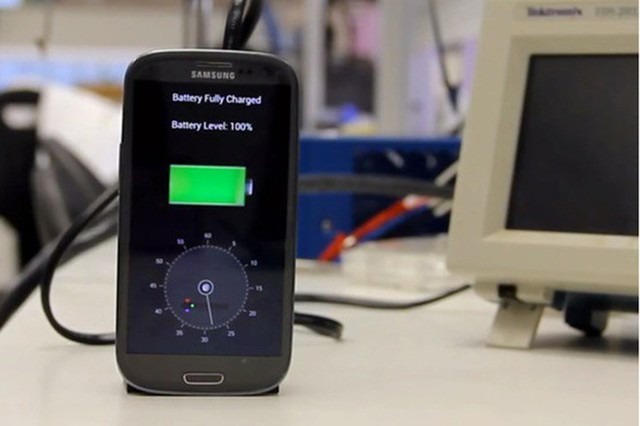
StoreDot, a startup formed from Tel Aviv University’s Department of Nanotechnology, has developed the StoreDot charger. It can work well with current smartphones, using bio-conductors made from natural organic compounds called peptides – short chains of amino acids – which are the building blocks of proteins.
The result is a charger that can charge a smartphone in just 60 seconds. The battery is made up of “non-flammable organic compounds housed in a multi-layer safety protection structure that prevents overvoltage and overheating,” so there’s no need to worry about explosions.
The company also revealed plans to develop a battery for electric vehicles that can charge in 5 minutes and then run 482km.
There is currently no information on the global launch date of the StoreDot battery. Previously there was information that they would be introduced in 2017, but in the end it was delayed until now.
Transparent solar charger
Alcatel demonstrated a mobile phone with a transparent solar panel covering the screen, allowing users to charge the device by placing it in front of a light.
Although this technology is unlikely to be commercialized in the near future, the company still hopes it will contribute to solving the problem of not having enough battery power for daily use by mobile users. The phone will operate on direct sunlight as well as regular light, in a similar way to today’s solar panels.
Aluminum-air batteries, allowing electric cars to run 1,770km per charge
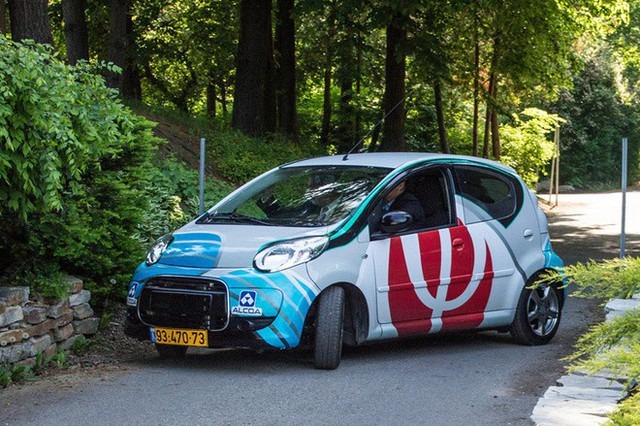
A car recently succeeded in running 1,770km after just a single battery charge. The secret to this remarkable achievement lies in a type of battery technology called aluminum-air, which uses oxygen from the air to fill the negative electrode. Thanks to that, the battery will be much lighter than a lithium-ion battery, which is filled with liquid, indirectly helping the car run farther.
The battery works thanks to… urine
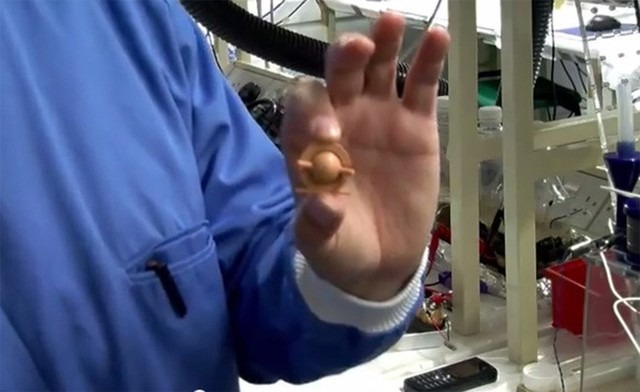
The Bill Gates Foundation is sponsoring research conducted by the Bristol Robotic Laboratory – which invented batteries that can operate on urine. According to scientists, their battery is efficient enough to charge a smartphone, but how does it work?
Using a Microbial Fuel Cell, microorganisms process urine, break its bonds and generate electricity.
Battery charges by sound
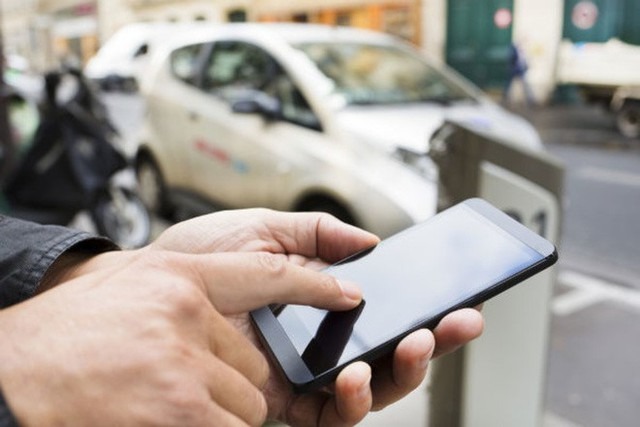
Researchers in the UK have created a phone that can charge thanks to environmental sounds emitted in the space around it.
This smartphone is created based on a principle called “piezoelectric effect”. Nano-generators inside the phone will “harvest” that environmental noise and convert it into electrical current.
These nanorods even respond to the human voice, meaning you’ll actually be able to literally talk and charge your phone at the same time!
Ryden dual carbon battery, charges 20 times faster than regular batteries
Power Japan Plus has just announced a new battery technology called Ryden dual carbon battery. Not only does it last longer and charge faster than lithium batteries, but it can also be produced right on the lithium battery production line!
These batteries use carbon materials, which means they are more sustainable and environmentally friendly than current batteries. This battery can thus charge 20 times faster than a lithium-ion battery. They are also more durable, can charge up to 3,000 cycles, and are even safer as the risk of fire and explosion is very low.
Sand battery with battery life 3 times higher than normal battery
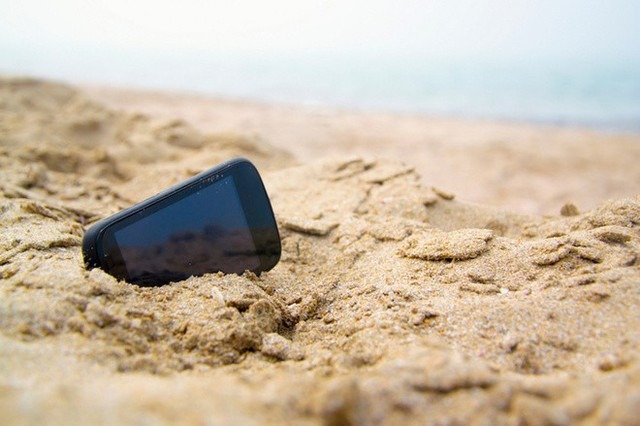
This is a type of lithium-ion battery, but it uses sand instead of graphite in the electrode to help increase battery life by more than 3 times compared to conventional batteries, at the same time the battery cost is also reduced, and the battery version is reduced. The battery body is non-toxic and environmentally friendly.
Now let’s talk about the technical side a bit. Scientists at the University of California Riverside have been focusing on nano silicon for a while, but the material degrades too quickly and is difficult to produce in large quantities. The sand can be purified, ground into powder, then mixed with salt and magnesium before being heated to remove oxygen, resulting in pure silicon. This type of silicon has porous properties and a three-dimensional structure, which helps improve performance and battery life as well.
Sodium-ion battery technology
Scientists in Japan are researching many new types of batteries that do not require lithium like current smartphone batteries. These batteries will use sodium, one of the most common materials on the planet, instead of lithium, which is quite rare. With Sodium, we will have batteries that operate 7 times more efficiently than conventional batteries.
Sodium-ion battery research has been conducted since the 80s, aiming to find a cheaper battery than lithium. By using salt, the sixth most abundant element on the planet, batteries could be much cheaper. This type of battery will be commercialized within the next 5 to 10 years, starting with smartphones, cars, and more.
Upp hydrogen fuel cell charger
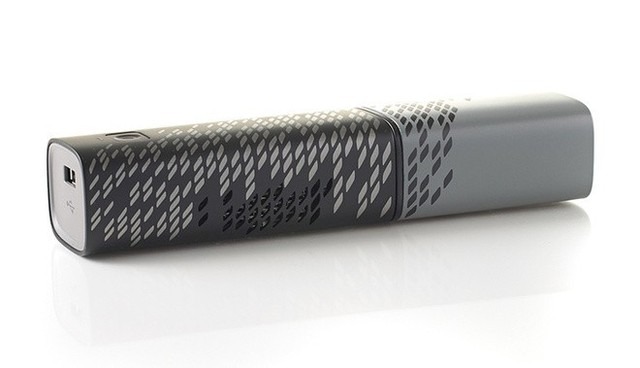
The Upp hydrogen fuel cell backup battery charger is now available on the market. It uses hydrogen to power your phone, and is an environmentally friendly battery.
A hydrogen battery cell can be used to charge a mobile phone 5 times (capacity 25Wh/cell), and the only byproduct it produces is water vapor. This charger has a USB-A port, meaning it can charge most USB devices with 5V, 5W, 1000mA output.
Built-in battery… fire extinguisher
It is no longer uncommon for lithium-ion batteries to overheat, catch fire and even explode. The Samsung Galaxy Note 7 scandal is an obvious example. That’s why researchers at Stanford University created an integrated lithium-ion battery… a fire extinguisher.
It sounds big, but this battery actually has an ingredient called triphenyl phosphate, commonly used as a flame retardant in electronic devices, plus plastic fiber to help separate the negative electrodes. and positive. If the battery temperature rises above 150 degrees Celsius, the plastic fiber will melt and the chemical triphenyl phosphate will be released. Research shows that this new method can prevent batteries from catching fire in 0.4 seconds.
The battery does not have to worry about fire or explosion
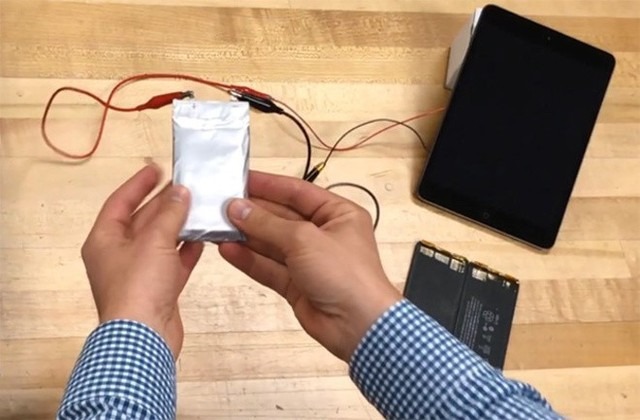
Lithium-ion batteries have a layer of porous material containing a volatile electrolyte liquid placed between the positive and negative electrode layers. Mike Zimmerman, a researcher at Tufts University in Massachusetts, has developed a battery that has twice the capacity of lithium-ion batteries but without the dangers of its predecessor.
Zimmerman’s battery is extremely thin, only a little thicker than two credit cards, and does not use an electrolyte liquid but uses a plastic film with similar properties. It can be “tortured” in all kinds of ways, and even heated without burning. Of course, there are still many experiments that need to be conducted before this technology can be mass produced, but at least we have some peace of mind when there are safer options than current lithium-ion batteries. developed.
Liquid Flow battery – Liquid Flow
Scientists at Harvard have developed a battery that can store energy in organic molecules dissolved in neutral pH water. According to them, this new method will allow Flow batteries to operate much longer than current lithium-ion batteries.
The likelihood that we will see this technology on smartphones or similar products is quite low, because the liquid solution in Flow batteries is stored in large containers, the larger the better. This could be an ideal way to store energy generated by renewable energy solutions such as wind and solar, and can quickly inject electricity into the grid on demand. This was proven in another study conducted by Stanford University, where this Flow battery has twice the voltage of a conventional battery.
IBM and ETH Zurich have also developed a much smaller liquid battery that can be used on mobile devices. This new battery will not only power the components but also help dissipate the heat they generate. The two companies mentioned above have discovered two liquids that can work well on the battery and will put it into a system that can produce 1.4W/cm2 of energy, with 1W spare to supply power to the battery.
Zap&Go Carbon-ion battery technology
Oxford company ZapGo has developed and produced the first carbon-ion battery that could be ready for market. Carbon-ion batteries combine the super-fast charging of a supercapacitor, with the performance of a lithium-ion battery, and are completely recyclable.
The company also has a power bank that can fully charge in just 5 minutes and can then charge a smartphone from 0 to 100% in 2 hours.
Zinc-air battery technology
Scientists at the University of Sydney believe they have found a way to produce zinc-air batteries that are much cheaper than current methods. Zinc-air batteries are considered superior to lithium-ion batteries, because they are non-flammable. The only problem here is that the components that make up the battery are quite expensive.
However, the University of Sydney has created a zinc-air battery without those expensive components. Safer, cheaper batteries are coming!
Smart clothing
Researchers at the University of Surrey are developing a method that allows you to use your clothes to charge your phone. The batteries built into these clothes are called Triboelectric Nanogenerators (TENGs), which convert movement into stored energy. This stored electricity can be used to power cell phones or devices like Fitbit.
This technology can be applied to many things, not just clothes. For example, it can be integrated into the sidewalk so that when people step on it, it will store electricity to power street lights, or integrated into the wheel to power the car.
The battery technology is stretchable
Engineers at the University of California at San Diego have developed a stretchable biofuel cell that can generate electricity from sweat. The electricity generated is strong enough to power LED lights and Bluetooth devices, which means that one day, it will be used to power wearable devices like smartwatches or health monitoring bracelets.
Samsung’s graphene battery technology
Samsung has found a way to develop “graphene balls” that can increase the capacity of current lithium-ion batteries by 45%, and help them charge 5 times faster than current batteries. Specifically, Samsung said its new graphene battery can be fully charged in 12 minutes compared to nearly 1 hour compared to the old graphene battery.
Samsung also affirms that this battery has applications not only in smartphones but also in electric vehicles, as it can withstand maximum temperatures of up to 60 degrees Celsius.
Lithium-ion batteries charge faster and more safely
Scientists at the University of Warwick have developed a new technology that allows current lithium-ion batteries to charge five times faster than current limits. This technology will regularly monitor battery temperature much more accurately than current methods.
Scientists have also discovered that today’s batteries can be charged much faster than the recommended limit without affecting performance or overheating.
We probably don’t need any of the new batteries mentioned so far!
According to GenK.


